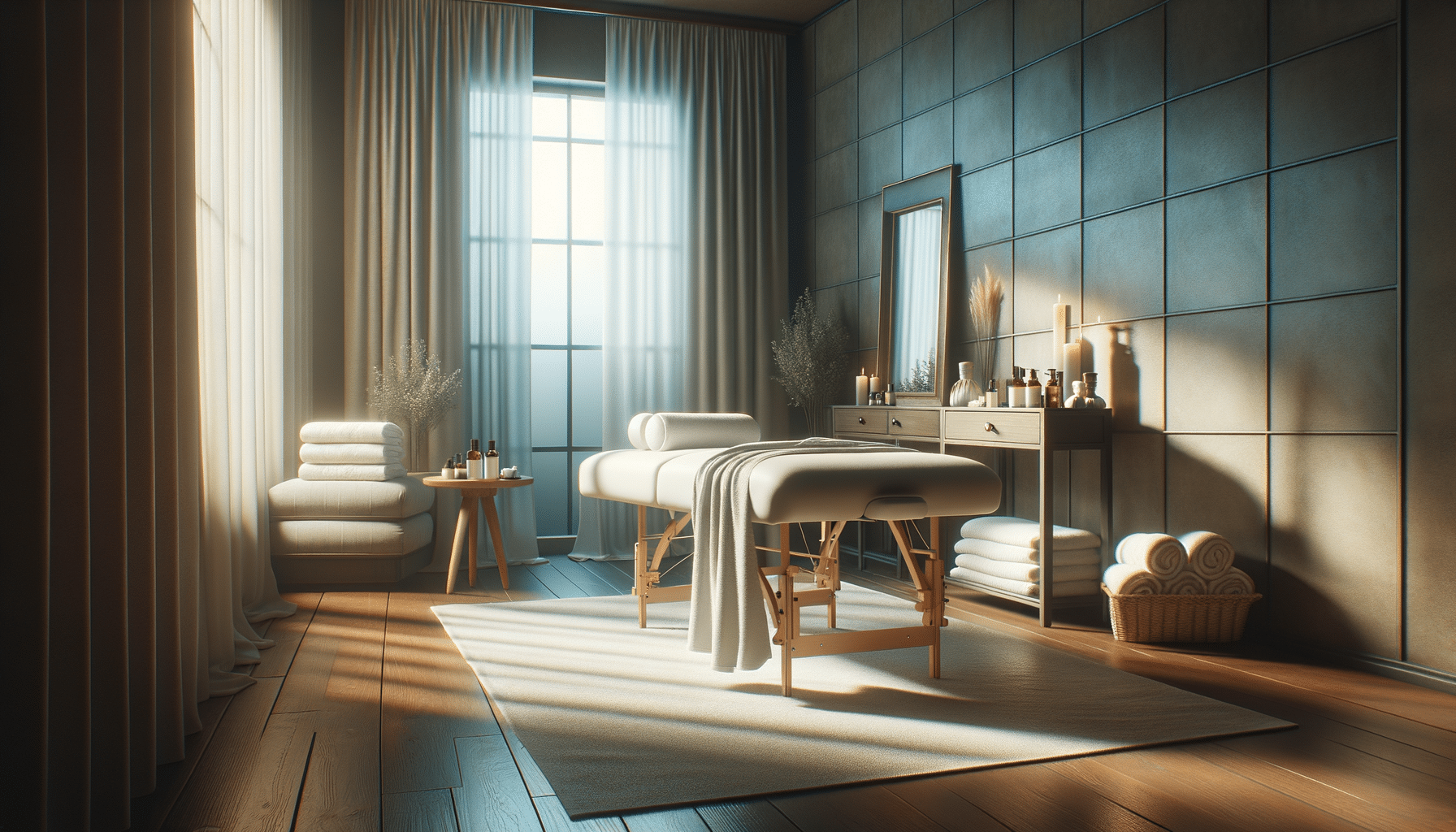
Your Guide to Migraine Massage Therapy
Understanding Migraine and Its Impact
Migraines are a prevalent and often debilitating neurological condition that affects millions worldwide. Characterized by intense headaches, often accompanied by nausea, vomiting, and sensitivity to light and sound, migraines can significantly impact daily life. They differ from regular headaches in their severity and duration, often lasting anywhere from a few hours to several days. Understanding the underlying causes of migraines is crucial in managing them effectively.
Various factors can trigger migraines, including stress, hormonal changes, certain foods, and environmental factors. The pain experienced during a migraine is due to the dilation of blood vessels in the brain and the release of chemicals that cause inflammation. This complex interaction of physiological processes necessitates a comprehensive approach to treatment, one that goes beyond conventional medication. This is where alternative therapies, such as massage therapy, come into play.
Massage therapy for migraines focuses on alleviating tension and promoting relaxation, which can help reduce the frequency and intensity of migraine attacks. Many find that incorporating massage into their routine provides not only physical relief but also mental and emotional benefits, leading to an overall improvement in quality of life.
The Science Behind Migraine Massage Therapy
Migraine massage therapy is rooted in the principles of manipulating soft tissue to relieve tension and improve circulation. This type of therapy is particularly beneficial for migraine sufferers as it targets the neck, shoulders, and upper back, where tension often accumulates. By easing this tension, massage therapy can help prevent the onset of migraines and reduce their severity.
Scientific studies have shown that massage therapy can lead to a reduction in the frequency and intensity of migraines. The therapy works by stimulating the production of endorphins, the body’s natural painkillers, and reducing the levels of cortisol, a stress hormone. Additionally, massage therapy improves blood flow, which can alleviate the vascular component of migraines by ensuring better oxygen and nutrient delivery to the brain.
Incorporating regular massage sessions into a migraine management plan can offer a non-invasive, drug-free option for relief. It is essential, however, to consult with a healthcare professional to ensure that massage therapy is appropriate for your specific condition and to tailor the therapy to your needs.
Types of Massage Techniques for Migraine Relief
There are several massage techniques that can be particularly effective in managing migraines. Each technique offers unique benefits and can be tailored to the individual’s needs. Some of the most popular techniques include:
- Swedish Massage: This gentle technique uses long strokes, kneading, and circular movements to relax muscles and improve circulation.
- Deep Tissue Massage: This technique targets deeper layers of muscle and connective tissue, which can help alleviate chronic tension often associated with migraines.
- Trigger Point Therapy: This focuses on specific areas of tight muscle fibers that can cause pain in other parts of the body, known as trigger points. Relieving these points can reduce migraine symptoms.
- Aromatherapy Massage: This combines massage with the use of essential oils, which can enhance relaxation and provide additional therapeutic benefits.
Each of these techniques can be customized to address the specific needs of migraine sufferers. Working with a trained massage therapist who understands migraines can help ensure that the therapy is both safe and effective.
Benefits of Incorporating Massage Therapy into Migraine Management
Incorporating massage therapy into a migraine management plan has several benefits beyond just pain relief. Regular massage sessions can lead to improved sleep, reduced anxiety, and enhanced overall well-being. Here are some key benefits:
- Stress Reduction: Massage therapy helps lower stress levels, which can be a significant trigger for migraines.
- Improved Sleep Quality: Many migraine sufferers experience sleep disturbances, and massage can help promote better sleep by relaxing the body and mind.
- Enhanced Mood: By promoting the release of feel-good hormones like serotonin and dopamine, massage therapy can improve mood and reduce the emotional burden of chronic migraine pain.
- Increased Range of Motion: By relieving muscle tension, massage therapy can improve flexibility and range of motion, which can be particularly beneficial for those who experience migraines due to posture-related issues.
Overall, massage therapy offers a holistic approach to managing migraines, addressing both physical and emotional aspects of the condition.
Choosing the Right Massage Therapist
Selecting the right massage therapist is a crucial step in ensuring the success of migraine massage therapy. Here are some tips to consider when choosing a therapist:
- Experience and Qualifications: Look for a therapist who has experience in treating migraines and is certified in therapeutic massage techniques.
- Communication: A good therapist should be able to communicate effectively, listen to your concerns, and tailor the therapy to your specific needs.
- Professional Setting: Ensure that the therapist operates in a professional environment with a focus on hygiene and client comfort.
- Client Reviews: Reading reviews from other clients can provide insights into the therapist’s effectiveness and approach.
By taking the time to find a therapist who meets these criteria, you can increase the likelihood of achieving positive outcomes from massage therapy for migraines.
Conclusion: Embracing a Holistic Approach to Migraine Management
Migraine massage therapy offers a promising alternative for those seeking relief from the debilitating effects of migraines. By addressing both the physical and emotional components of the condition, massage therapy can provide a comprehensive approach to management. Whether used alone or in conjunction with other treatments, massage therapy can significantly improve the quality of life for migraine sufferers.
As with any treatment, it is essential to consult with healthcare professionals to ensure that massage therapy is appropriate for your specific needs. Embracing this holistic approach can lead to a more balanced, pain-free life, allowing individuals to regain control and enjoy their daily activities without the constant threat of migraines.


